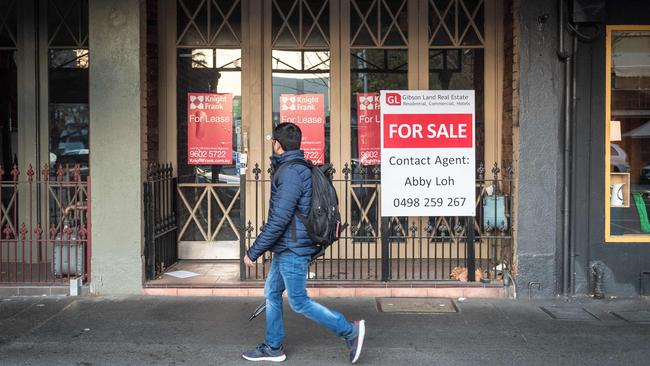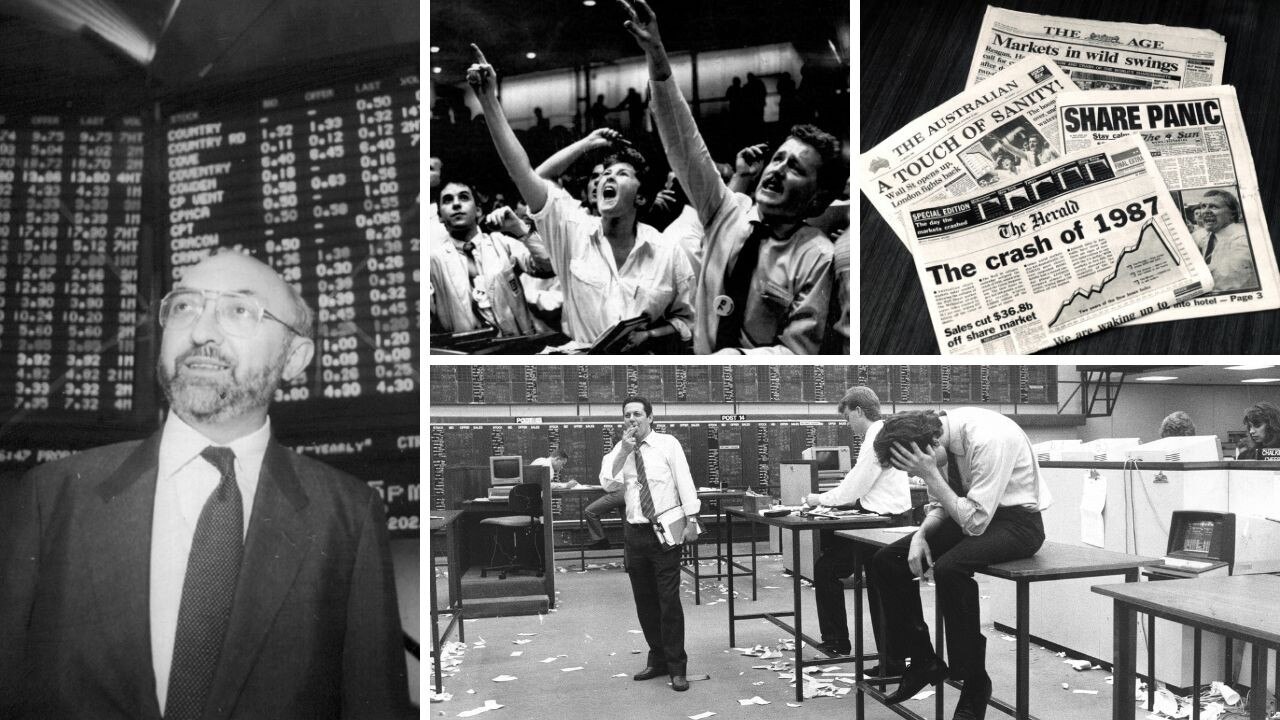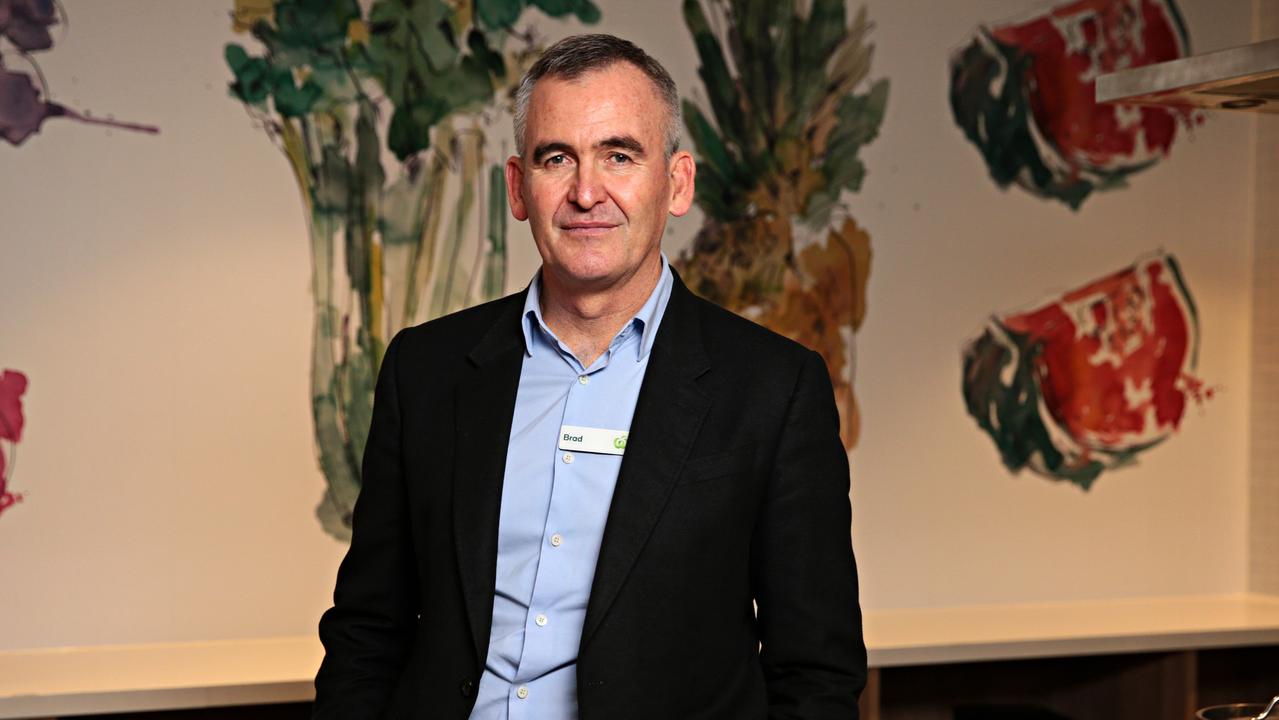Where did the $90bn JobKeeper cash really go?
It was the small end of town that seemed to be the biggest winners from the lavish scheme although we will never really know.

Terry McCrann
Don't miss out on the headlines from Terry McCrann. Followed categories will be added to My News.
JobKeeper, the biggest and most lavish fiscal free lunch in Australia’s history, has now ended. Today, Sunday.
It is ending with very little data – and certainly nothing anywhere remotely close to analytically detailed data – on who exactly chowed down on the $90bn of taxpayer money that was handed out.
Treasury initially estimated it would cost $150bn., Boy – and thank goodness – they got that wrong. File it next to those predictions that 150,000 Aussies would die from the virus.
What is about that number, 150? Is it something bureaucratically tantric or whatever?
Not only is there no data on who got JobKeeper – as opposed to in other countries with similar schemes like New Zealand where every business is listed.
But there seems a surprisingly lack of interest in trying to find out, far less demanding that we be told.
The one honourable and impressive exception is Dean Paatsch’s Ownership Matters – what I would call – corporate governance oversight group.
OM analytically trawled through all the – obligatory – disclosures by the 300 biggest companies listed on the ASX.
This showed that 75 of the 300 got JobKeeper – for direct and full on-passing to employees – in its initial, overwhelmingly biggest phase through December and what they got added up to $2.45bn.

In contrast to the rather hysterical media reaction, this rather conclusively proved that the big end of town did not get much from JobKeeper.
The single biggest recipient was Qantas which had its entire business mandatorily shut down by Government for at least three months and nearly half its business – international – shut down for all the other months.
Take Qantas out, along with Flight Centre and the two casino companies Crown and Star – all of which were essentially prohibited from operating – and the other 296 in the top 300 got all of $1.1bn between them.
By definition, that’s what the ‘big end of town’ – the 300 biggest companies – got. All of barely one billion dollars.
More pointedly, more than $77bn went to the ‘smaller end of town’. We don’t have the faintest idea who they were and nobody seems particularly interested in finding out.
I should add that the ‘smaller end of town’ didn’t only get that $77bn-plus, but another $32bn under a different program. All up the ‘smaller end of town got over $110bn against the $1bn going to the big end excluding those four specific companies.
It’s not surprising that no-one is actually putting up their hand to say: look at me, look at me, I got a million or two or ten.
Clearly JobKeeper and that other program – a straight cash handout to boost cash flows of SMEs – turned into a literal and extraordinarily lavish fiscal free lunch.,
Take one hypothetical example – a business with 100 employees.
To get JobKeeper it had to show one bad month – a drop of revenue of 30 per cent in any month after March last year.
Many business were shut down for the full three months of the national lockdown; many – in Victoria – were shut down for six months thanks to Premier Dan’s curated state lockdown.
But many others were able to spring straight back. That hypothetical business with 100 employees could have got a free gift from Canberra of $1.65m (JobKeeper for an un-needed 22 weeks) plus another $100,000 under the cash-flow program.
Such a business owner would then have been able to take that money, borrow a few million dollars of ‘free’ money from a bank – at 2 per cent interest – and buy a new house.
Now let me say, I believe the JobKeeper program, was one of the two big things the Government got right, The other – bigger – one was closing the international borders early.
I can even accept that it was better to err on the side of generosity with JobKeeper.
But that does not excuse unnecessarily poor design. It also doesn’t validate the total lack of transparency.
The media’s got terribly excited about some major public companies – especially Solomon Lew’s Premier Investments and for some bizarre (unjustified) reason Gerry Harvey’s Harvey Norman.
That’s understandable to some extent, but at no credit to the media. It’s easy to attack these companies because as public companies they’ve disclosed their JobKeeper payments – all of which, had to be (and were) passed on to employees.
It’s a lazy and uncomprehending media that doesn’t even begin to understand that the big – and unnecessary - dollars actually flowed to small and media businesses that operate under the disclosure radar.
I don’t want to engage in ‘JobKeeper shaming’. But I do think it would be a good thing for some transparency. For heaven sake someone got the $110bn (JobKeeper plus the cash-flow handout).
JobKeeper has now ended. We will now find out how many jobs will go.
It’s unlikely to be a big portion of the 1.1m that were still getting it. That just shows that it was more of a free lunch.
Originally published as Where did the $90bn JobKeeper cash really go?



